What Happens in the Arctic Doesn’t Stay in the Arctic
Carbon dioxide released here can drive climate change elsewhere.
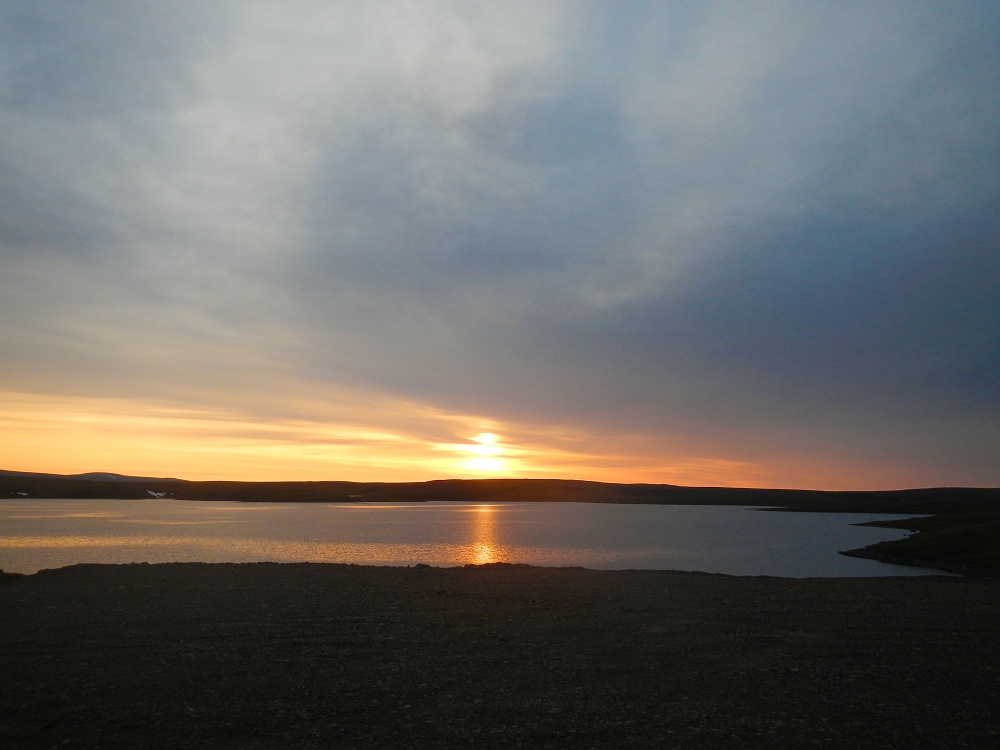
Living at Toolik Field Station—even as a non-scientist—it is easy to get caught up in the minutiae of scientific studies. The Arctic landscape is, in and of itself, attention grabbing; the puzzle of figuring out how it works, not to mention designing studies to figure out how it works, is even more so. Together, they can keep mind and body happily occupied for days, years, even decades, as they have for more than a few scientists here. At some point, however, journalistic habits kick in and I wonder: why? Why, beyond the quest for knowledge, spend so much time in a place that is so far away from the vast majority of human civilization and so different from the rest of the world?
Toolik, remote as it is, does not exist in a vacuum. As I was told today by George Kling, a principal investigator from the University of Michigan, what happens in the Arctic does not stay in the Arctic. Carbon dioxide and other greenhouse gases released into the atmosphere, which trap more heat from the sun, are the basis of global climate change. The Arctic could potentially release huge amounts of these gases. One of the reasons for this is permafrost, which contains about twice as much carbon as the atmosphere. If this carbon, which has been stored in the permafrost for thousands of years, is suddenly released when the permafrost thaws, it could drastically increase climate change—which overwhelming scientific evidence predicts will lead to more extreme weather events and rising sea levels around the world.
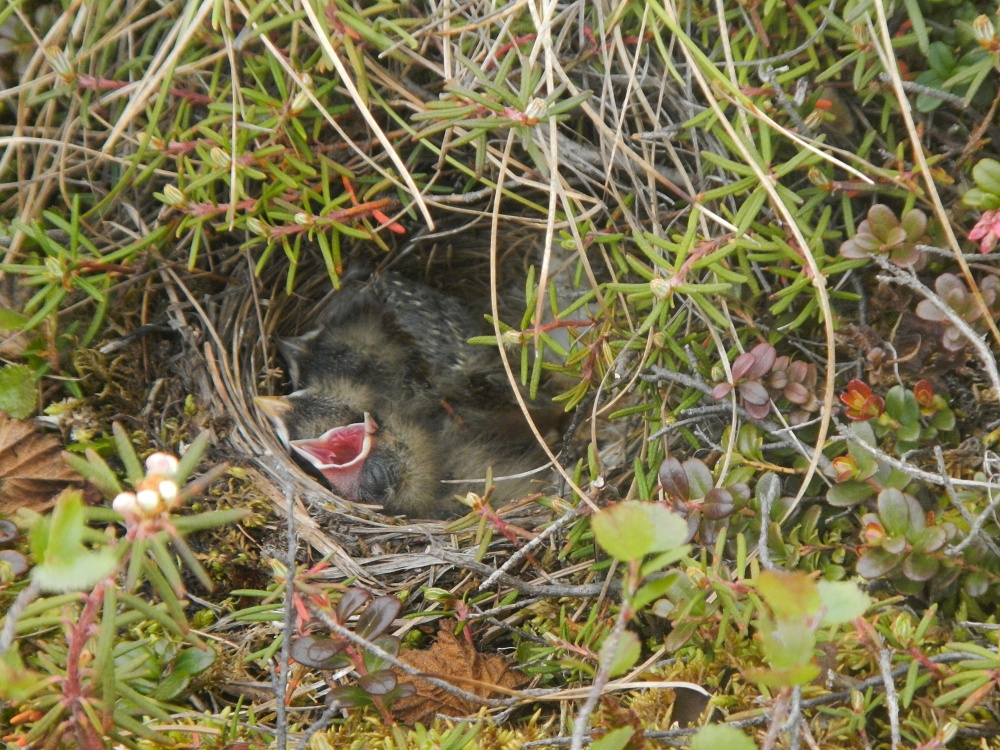
Just how much carbon dioxide the Arctic might release—and how quickly—is still a mystery. Carbon from thawed soil is released directly into the air, but 20 to 40 percent is also released from streams and lakes. To predict a more exact amount, scientists are developing a model of how water flows off the landscape into streams and how it moves through the streams. This is an especially complicated task in the so-called “beaded streams” of the Arctic. These streams run between small pools, or beads, creating areas where water and carbon can get trapped for a period of time before running farther downstream. In these pools, cold water sinks to the bottom and warm water sits on top in layers that can remain separate until events like a storm stir them together.
This phenomenon is important because it means only a certain amount of water—the water sitting on top—is exposed to sunlight. Researchers at Toolik have found that sunlight, as opposed to bacteria, is the driving force that turns carbon in Arctic streams into carbon dioxide gas in the air. The more carbon-containing water that is exposed to sunlight, the more potential for it to transform into carbon dioxide. Therefore, the two research projects are critical for determining how much carbon dioxide will be released by Arctic streams.
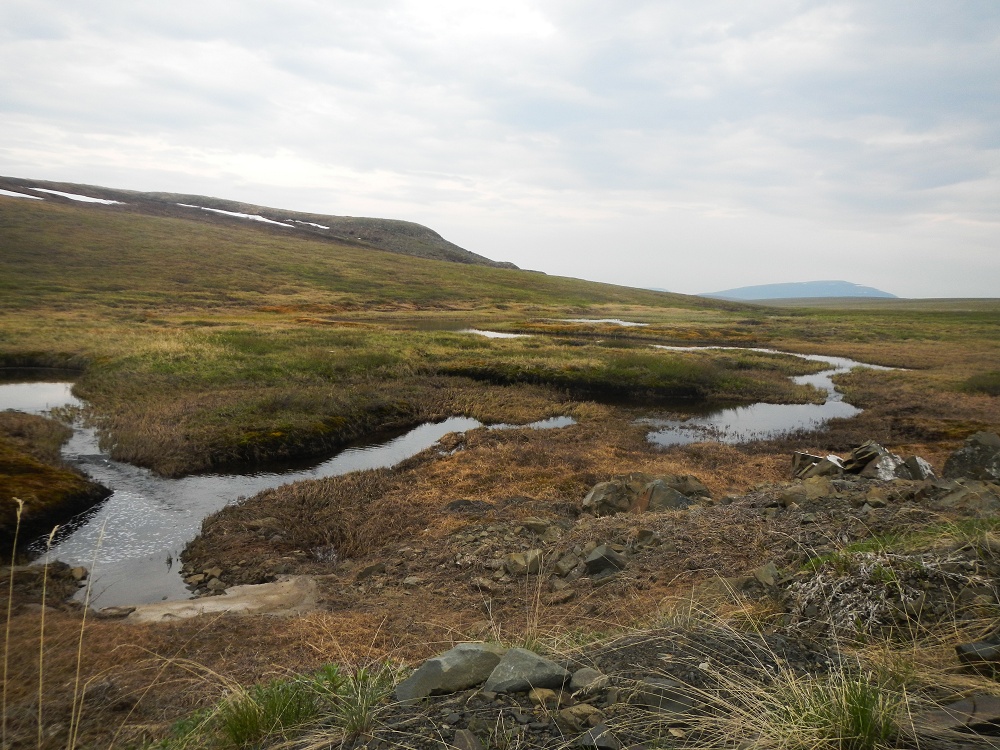
This project is a perfect example of the complex relationships between scientific studies, and how impossible it is for one study to comprehensively answer a large question—such as how much climate change-inducing carbon dioxide the Arctic will release. On their own, many studies are uncovering just one small piece of the puzzle that may seem far removed from everyday life. Cumulatively, they can answer those larger questions, which do affect daily life. In the case of climate change, knowing how much carbon dioxide goes into the atmosphere can help tell us what to expect in the future—from floods in our coastal cities to droughts in our farm regions to quality problems in our drinking water.
–Codi Kozacek, Reporter
My stay at Toolik is funded by the Logan Science Journalism Program at the Marine Biological Laboratory in Woods Hole.
A news correspondent for Circle of Blue based out of Hawaii. She writes The Stream, Circle of Blue’s daily digest of international water news trends. Her interests include food security, ecology and the Great Lakes.
Contact Codi Kozacek


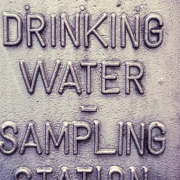
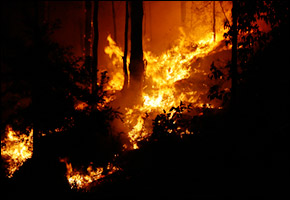
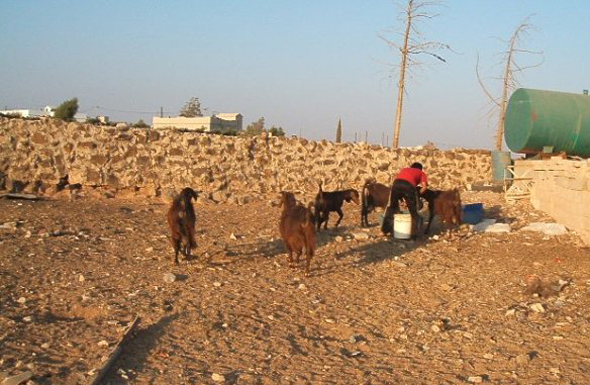
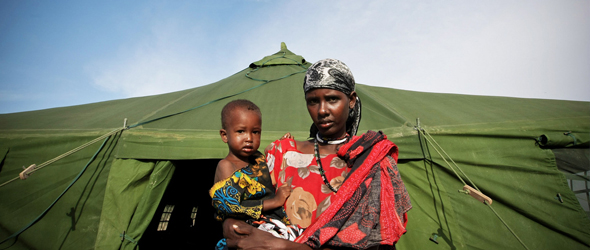


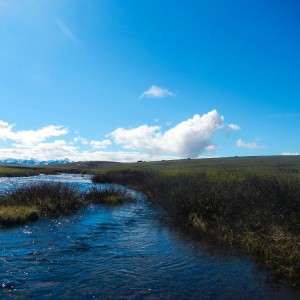
Leave a Reply
Want to join the discussion?Feel free to contribute!